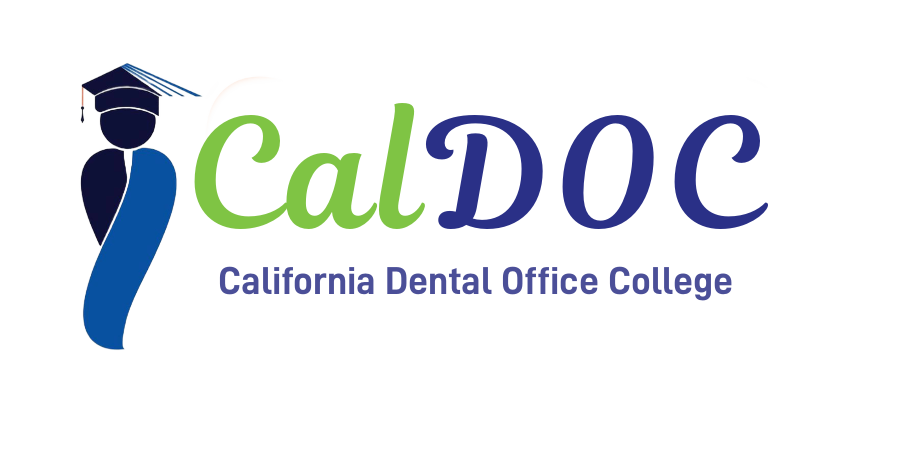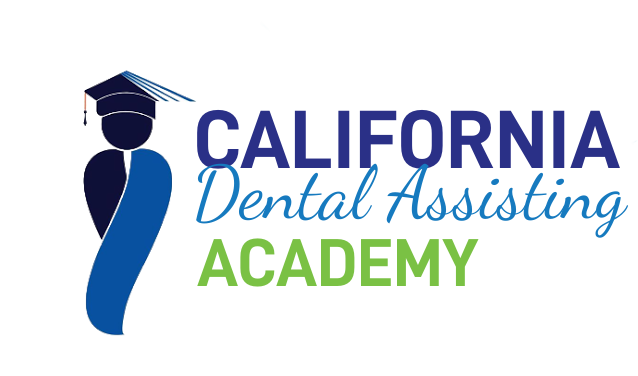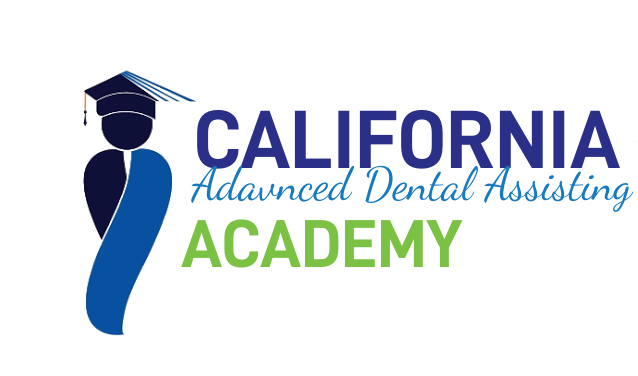California Advanced Dental Assisting Academy:
What your shool will teach
The demand for RDAEF2 is very high in California. meet the demand for RDAEF2/RDHEF2. There are very few schools offering this level of advanced training in the state of California which has over 44,500 registered dental assistants and over 30,000 dental hygienists. This is an absolutely tremendous and ripe market to get started in. With average tuitions for a 5 month course averaging $17,000 per student, it is easy to see that average annual revenues of close to $500,000 for three classes per year is very realistic. Many RDAs and Dental Hygienists want to obtain their RDAEF2/RDHEF2 but can't due to the distance they would have to travel to attend classes.
CalDOC's comprehensive hybrid program provides 410 hours of instruction for RDAs and 318 hours of instruction for existing RDAEFs. Online lectures combined with onsite laboratory and clinical training make this program convenient and accessible for working professionals. Your students are placed into “Real World” operatory settings to learn all aspects of the allowable EF2 functions. This puts you in the correct position and knowledge to provide services for your patients. This program satisfies the California Dental Board’s requirements for RDAEF Licensure.
When RDAs and Dental Hygienists graduate from your school they will be able to:
(1) Conduct preliminary evaluation of the patient's oral health, including, but not limited to, charting, intraoral and extra-oral evaluation of soft tissue, classifying occlusion, and myofunctional evaluation.
(2) Perform oral health assessments in school- based, community health project settings under the direction of a dentist, registered dental hygienist, or registered dental hygienist in alternative practice. (3) Cord retraction of gingiva for impression procedures.
(4) Size and fit endodontic master points and accessory points.
(5) Cement endodontic master points and accessory points.
(6) Take final impressions for permanent indirect restorations.
(7) Take final impressions for tooth-borne removable prosthesis.
(8) Polish and contour existing amalgam restorations.
(9) Place, contour, finish, and adjust all direct restorations.
(10) Adjust and cement permanent indirect restorations.
(11) Other procedures authorized by regulations adopted by the board.
Advanced RDAEF I & II Course Overview
Module 1 - 1.5 months (6 weekends)
- Dental anatomy
- Oral health assessment, gingival structures
- Occlusion principles, TMJ and head and neck anatomy
- Primary and secondary dentition
- Beginning of bases and liners for amalgams, composites and glass ionomers
- Placement, polishing and anatomy for amalgams, composites and glass ionomers
- Oral isolation
Module 2- 1.25 months (5 weekends)
- Continuation of bases and liners
- Continuation of placement, carving and polishing of amalgams, composites and glass ionomers
- Dental materials and techniques for making impressions for removable partial dentures
Module 3 - 1.75 months (10 weekends)
- Dental materials for interocclusal registration, vasoconstrictors, fixed partial dentures, dental cements
- Fitting, adjusting and cementing of ceramic, all metal and ceramo-metal fixed partial dentures (crowns)
- Indirect restoration technique*
- Hemorrhage control, cord packing, vasoconstrictor use and final impressions*
- Dental ergonomics*
- Oral health assessment exercise with the dental school
- Endodontics
- Pulp vitality testing, cone fitting and cementation
- Restorations in your supervising dentist's office
- Review of all 3 modules prior to the state dental board exam
Module 4 - Clinicals
In early 2012, the Dental Board of California implemented a requirement that all new RDAEF students must complete 20 clinical restorations on patients under the supervision of a current licensed dentist in order to complete the RDAEF training and to sit for the board exam.
As part of the clinical requirements for the program, each student will be required to place, contour and finish at least Amalgam and Composite restorations in prepared permanent teeth with the following requirements:
- At least fifty percent (10 teeth) of the experiences shall be class II restorations using esthetic materials. (Composite and/or Glass Ionomer)
- At least twenty percent (4 teeth) of the experiences shall be class V restorations using esthetic materials. (Composite and/or Glass Ionomer)
- At least ten percent (2 teeth) of the experiences shall use amalgam.
- The remaining (4 teeth) can be composite or amalgam…Class I, II, or V
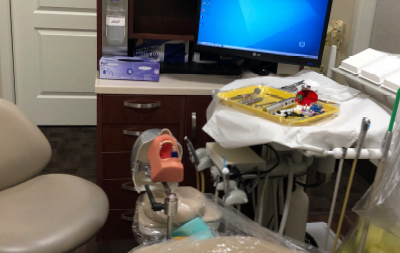
Invest in the Future of Dental Education With CalDOC
Contact Us Today to Get Started
Contact Us
We will get back to you as soon as possible.
Please try again later.
Links
Disclaimer: This information is not intended as an offer to sell or the solicitation of an offer to buy a franchise. It is a business opportunity. If you are not a licensed California Dentist, or wish to start a school in an already protected territory, we will not offer you a business partnership.
*Financial information presented in a subset. This information reflects the average gross revenues for an average 100,000 or less population territory that would be represented in the Top 25% or Top Quartile that operated continuously throughout 24 calendar months pursuant to a joint a CalDOC partnership license agreement. Of all California territories with a California Dental Assisting Academy, we suspect the Top 25%, will, through following CalDOC's business practices and business school model, should meet or exceeded the average gross revenue of $415,079. We refer you to CalDOC's School Financial Projections Spreadsheet for a more complete financial performance representation. “Gross revenues” means the total gross amount of all revenues that school partners actually receive in operating the California Dental Assisting Academy business or otherwise using CalDOC's trademarks. Gross revenues do not include sales tax or other tax receipts or documented credits or refunds school partners made in good faith to their student customers.
All Rights Reserved, CalDOC/CalSmart LLC
